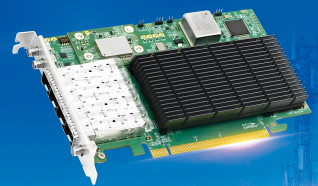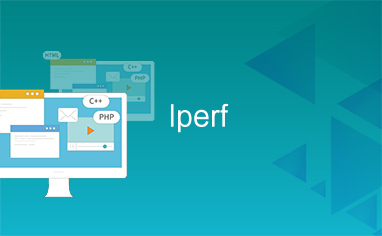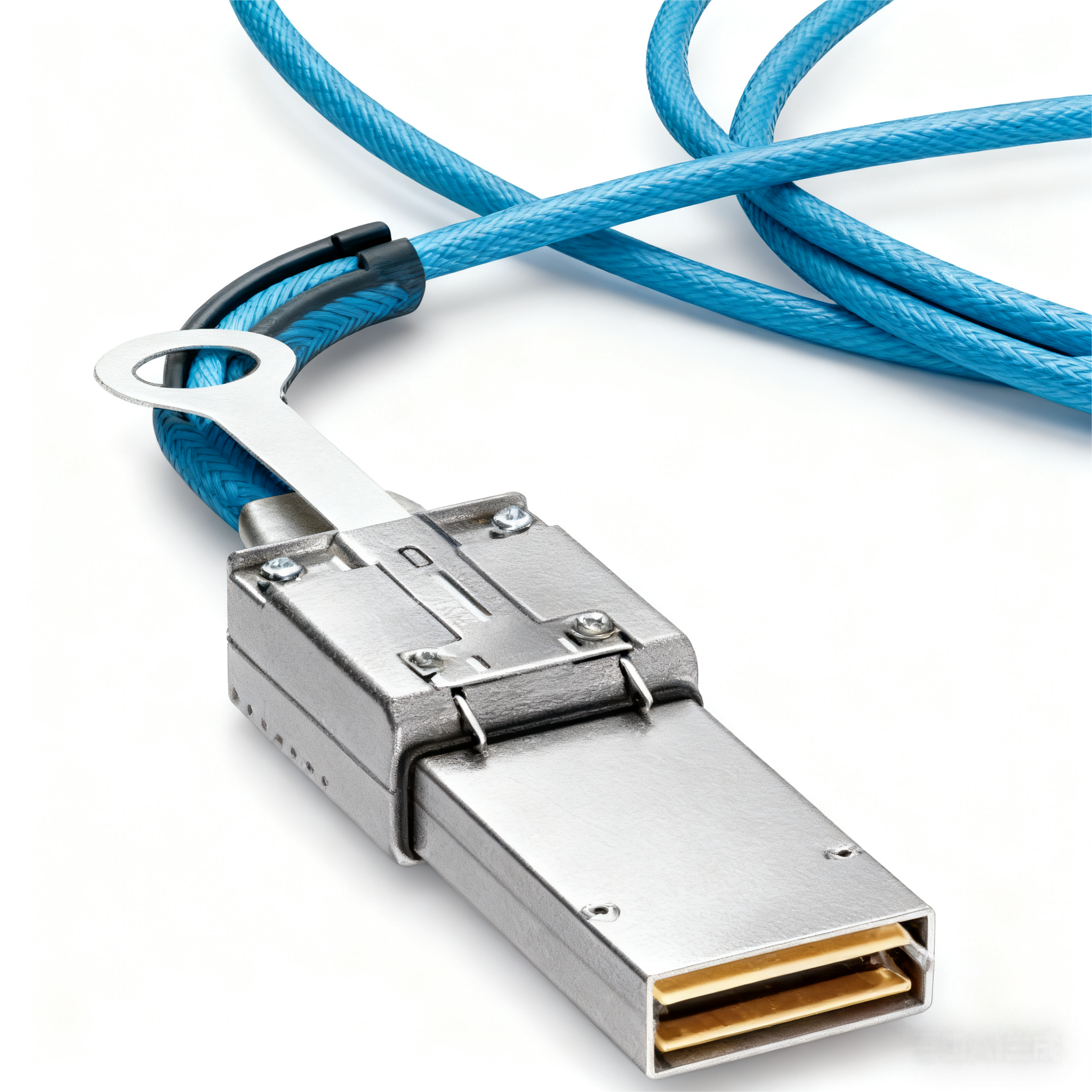





Against the backdrop of the explosive demand for artificial intelligence computing power, the network architecture of data centers is undergoing a disruptive transformation. A new interconnection technology called UAlink (Ultra Accelerator Link) has recently sparked heated discussions in the industry. With its characteristics of low latency, high bandwidth, and an open ecosystem, it is regarded as a key force to break the monopoly of traditional InfiniBand. At the same time, the 400G Ethernet network card (LRES1260PF-2QSFP112)launched by LR-LINK has accelerated the performance leap of Ethernet. The coordinated evolution of the two is expected to reshape the competitive landscape of high-performance computing networks in the future and promote Ethernet to become the mainstream transmission solution in the AI era.
1. UAlink: An Open Alliance Breaks the Closed Ecosystem, with Giants like Meta, Google, and AMD Joining Forces
The core of UAlink technology lies in "openness" and "efficiency". Previously, NVIDIA's NVLink and InfiniBand have long dominated the internal connection of AI training clusters, but their closed ecosystem and high costs have limited market choices. The UAlink alliance is led by three major cloud computing giants: Meta, Microsoft, and Google, and jointly promoted by more than a dozen semiconductor and equipment manufacturers including AMD, Intel, Cisco, Broadcom, and Ampere. It aims to build an open-source high-performance interconnection standard to support cross-vendor hardware compatibility. The diversified composition of this alliance covers the entire industrial chain from chip design, network equipment to cloud service providers, providing strong support for technology implementation.
Its design goals include:
Ultra-low latency: By optimizing the protocol stack, the end-to-end latency is reduced to the nanosecond level to meet the real-time synchronization needs of AI model parameters;
Elastic scalability: Supports seamless interconnection of 10,000-level GPU clusters to avoid bandwidth bottlenecks in traditional solutions;
Cost advantage: Open standards reduce patent licensing fees, and the overall deployment cost is more than 30% lower than that of InfiniBand;
Ecological collaboration: Member enterprises have clear divisions of labor - Meta, Google, etc. provide practical experience in ultra-large-scale clusters, AMD and Intel lead the design of hardware interfaces, and Broadcom and Cisco optimize the compatibility of network equipment, forming a technical closed loop.
The advancement of this technology directly challenges NVIDIA's competitive moat and lays the groundwork for Ethernet's "counterattack".
2.LR-LINK 400G Network Card:The Hardware Engine for Ethernet Performance Leap
For Ethernet to replace InfiniBand, it must break through the dual limitations of speed and latency. The recently released 400G PCIe 5.0 network card by LR-LINK adopts the same series of chip solutions from Broadcom, providing hardware support for Ethernet evolution from the dimensions of flagship performance and high cost-effectiveness.
LR-LINK 400G Network Card: A Benchmark for Flagship Performance
400Gbps throughput: Based on Broadcom's high-performance 7nm process chip and PAM4 modulation technology, the single-port bandwidth is doubled compared with the previous generation;
Intelligent offloading engine: Transfers tasks such as data packet processing and encryption from the CPU to the network card, reducing the host load;
Enhanced RoCEv2 support: Through the RDMA over Converged Ethernet (RoCE) protocol, it achieves remote direct memory access performance similar to InfiniBand, with latency lower than 5 microseconds.
3. UAlink + Ethernet: Mainstream Path and Challenges
The combination of UAlink and high-speed Ethernet is rewriting industry rules. Its competitiveness is reflected in:
Flexibility: Ethernet is naturally compatible with existing data center infrastructure, without the need to reconstruct the network topology;
Economies of scale: The Ethernet industry chain is mature, and components such as 400G switches and optical modules have been mass-produced on a large scale;
Open-source ecosystem: The UAlink community continues to attract developers to accelerate protocol iteration and toolchain improvement.
However, challenges remain. InfiniBand still has advantages in actual performance in ultra-large-scale clusters, and NVIDIA has further strengthened its solutions through DPU (Data Processing Unit). In addition, the UAlink alliance needs to accelerate the standardization process, coordinate the interests of members, and avoid the risk of fragmentation caused by differences in technical routes.
4. Future Outlook: Ethernet May Become the New Foundation of AI Computing Power Network
Industry analysts predict that by 2026, the proportion of Ethernet in AI data centers will increase from the current 35% to more than 60%. The open strategy of the UAlink alliance and the hardware innovations of manufacturers such as Broadcom and LR-LINK are promoting the evolution of Ethernet from "general transmission" to "high-performance computing dedicated network". With the maturity of next-generation technologies such as 3.2T optical modules and Co-Packaged Optics, Ethernet is expected to comprehensively surpass traditional solutions in terms of bandwidth and energy efficiency.
Conclusion
The cross-border collaboration of the UAlink alliance and the synergy with 400G Ethernet network cards mark that network technology has entered a new stage where "open ecosystem" and "performance breakthrough" go hand in hand. This transformation driven by software-defined protocols and hardware acceleration is expected to end the closed era of high-performance computing networks and pave the way for the popularization of AI computing power.
